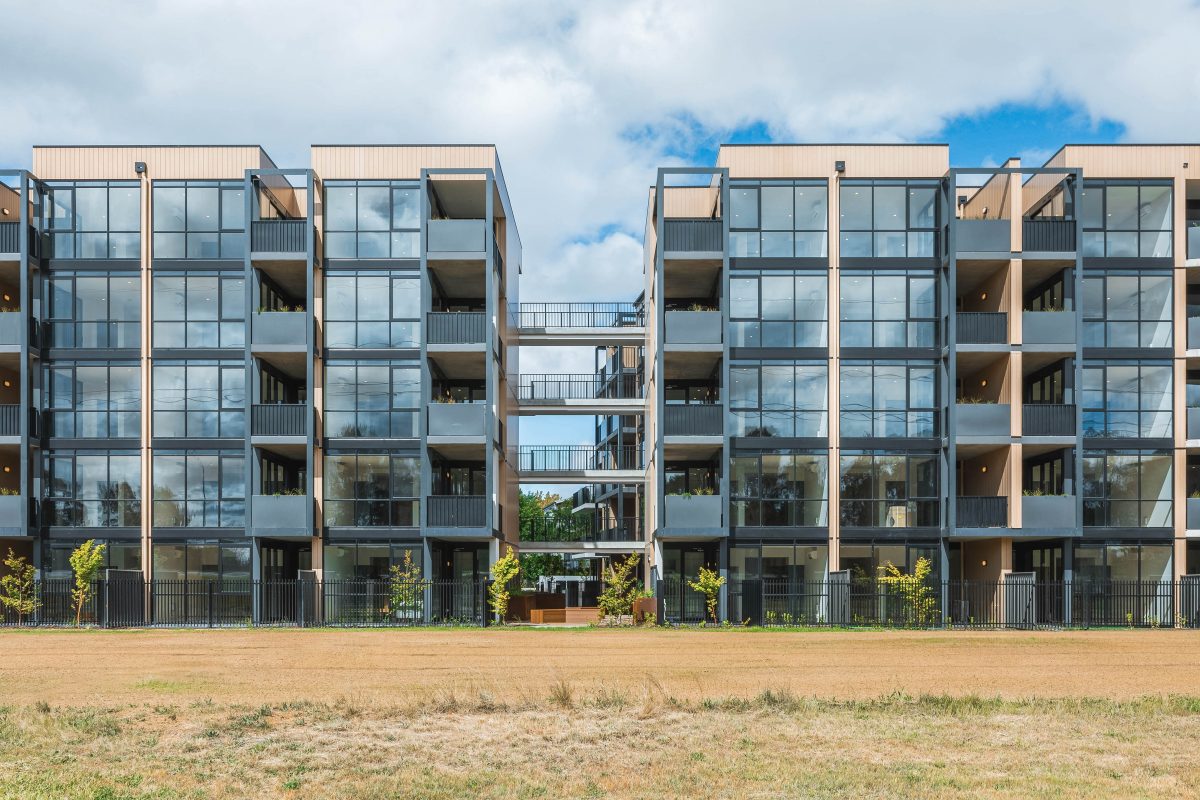
Understanding what your body corporate fees pay for can make all the difference when it comes to budgeting. Photos: Civium.
Strata levies are one of the many considerations when purchasing a new apartment or townhouse, but what do these costs actually cover?
Strata business development manager Tarnee Lamb says levies depend on several factors, including the number and nature of the shared amenities in your complex.
“The more common areas and amenities you have, the more there is for the body corporate to maintain. Often there are a lot of common area amenities for smaller complexes, so levies can be significant,” she says.
“For example, you may have a small block of units that has a basement. Basements can be expensive as we begin to talk fire asset maintenance. However, if you have moderate to light amenities in a larger complex, you’re likely to have a more attractive levy as the cost is spread across more units.”
For townhouse-like complexes, insurance can take up between 30 and 60 per cent of fees.
The remaining costs relate to cleaning, waste management, gardening and plumbing, and lift and pool maintenance.
Additionally, there are costs related to CO2 sensors in basements and other heating, ventilation and air conditioning technologies, fire assets (both active and passive), fire monitoring, lift telephone lines, extraction fans in bin chutes and basements, drains that typically have sump pumps, retention tanks and roof maintenance. Depending on your roofing access, there may be additional fees for height safety certifications.
Strata management charges account for about 10 per cent of the strata fees.
The job of body corporate is to make sure everything is working well for anyone living under strata management. Making a call to your body corporate as soon as you see something that doesn’t seem right is the best way to get anything fixed as quickly as possible.
Tarnee says that when it comes to paying your body corporate fees, it pays to be organised.
“Your levies are set each year at your annual general meeting (AGM). Then, you know your levy cost and when each is due. If you put a little aside each pay, you won’t feel as burdened when the levy eventually falls due. You may even be in credit,” she says.
Common areas covered by strata or body corporate are basically the ones that anyone can use. This can include swimming pools, tennis courts or gyms – pretty much anything that people in the vicinity have ongoing access to will all be covered by body corporate.
“If other people can use it, it’s not your responsibility to maintain it. The money you spend each quarter or bi-annually goes straight to making sure areas like that are well maintained and there are no problems for anyone in the complex,” Tarnee says.
When it comes to making sure your house is safe, Tarnee stresses the importance of contents insurance.
“While strata insurance covers the building, there is always an element of risk that the contents within your home will be damaged. Contents are not covered by strata insurance. This extends to carpets, sometimes floating floorboards, clothing, furniture, and contents in your storage cages. If the contents in your storage cage is damaged, don’t assume strata will cover it,” she says.
“Paying a bit extra for contents insurance is going to make all the difference in the long run. You never know what’s going to happen.”
To learn more about what you’re entitled to when it comes to property services, visit Civium.





















